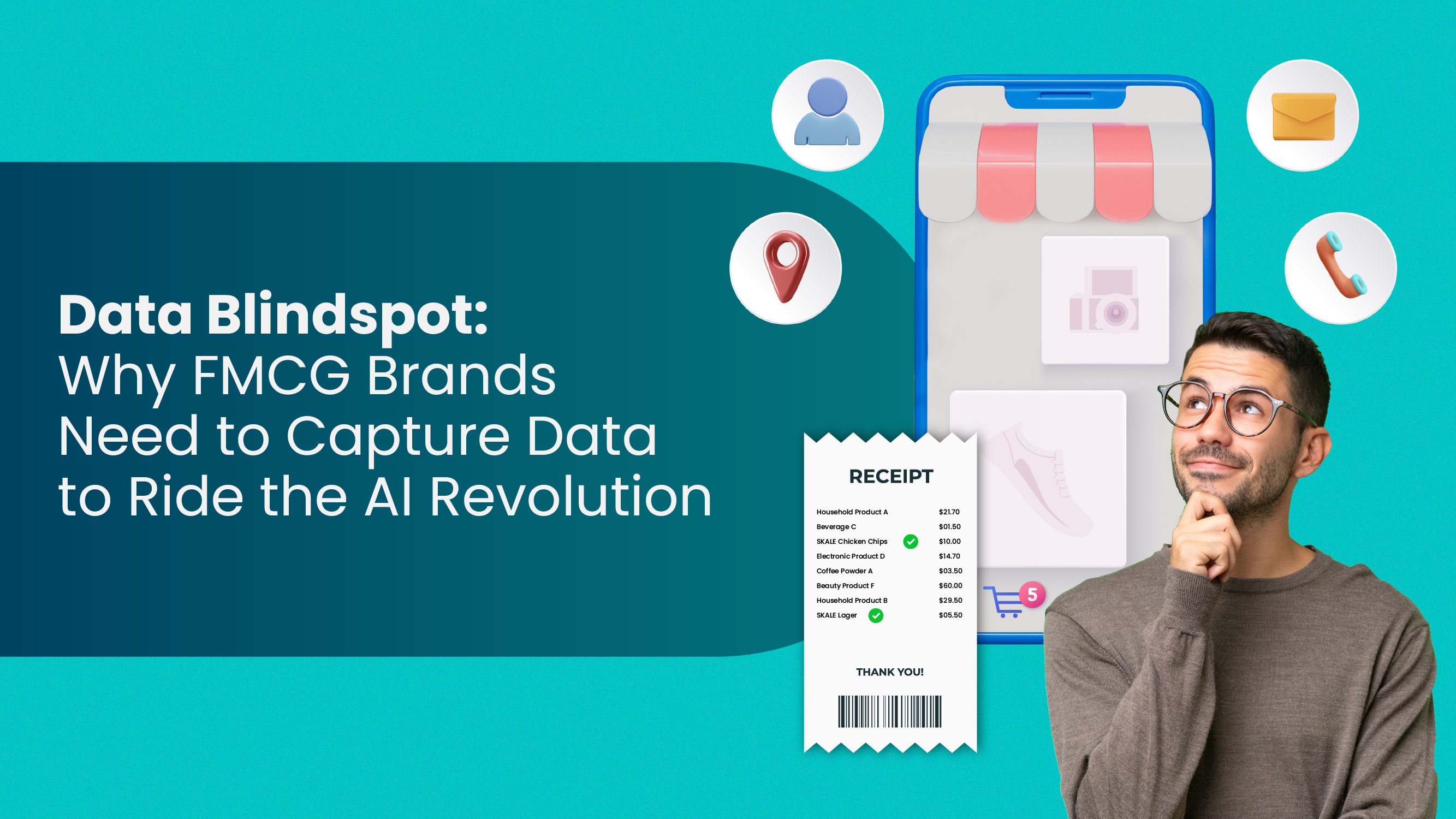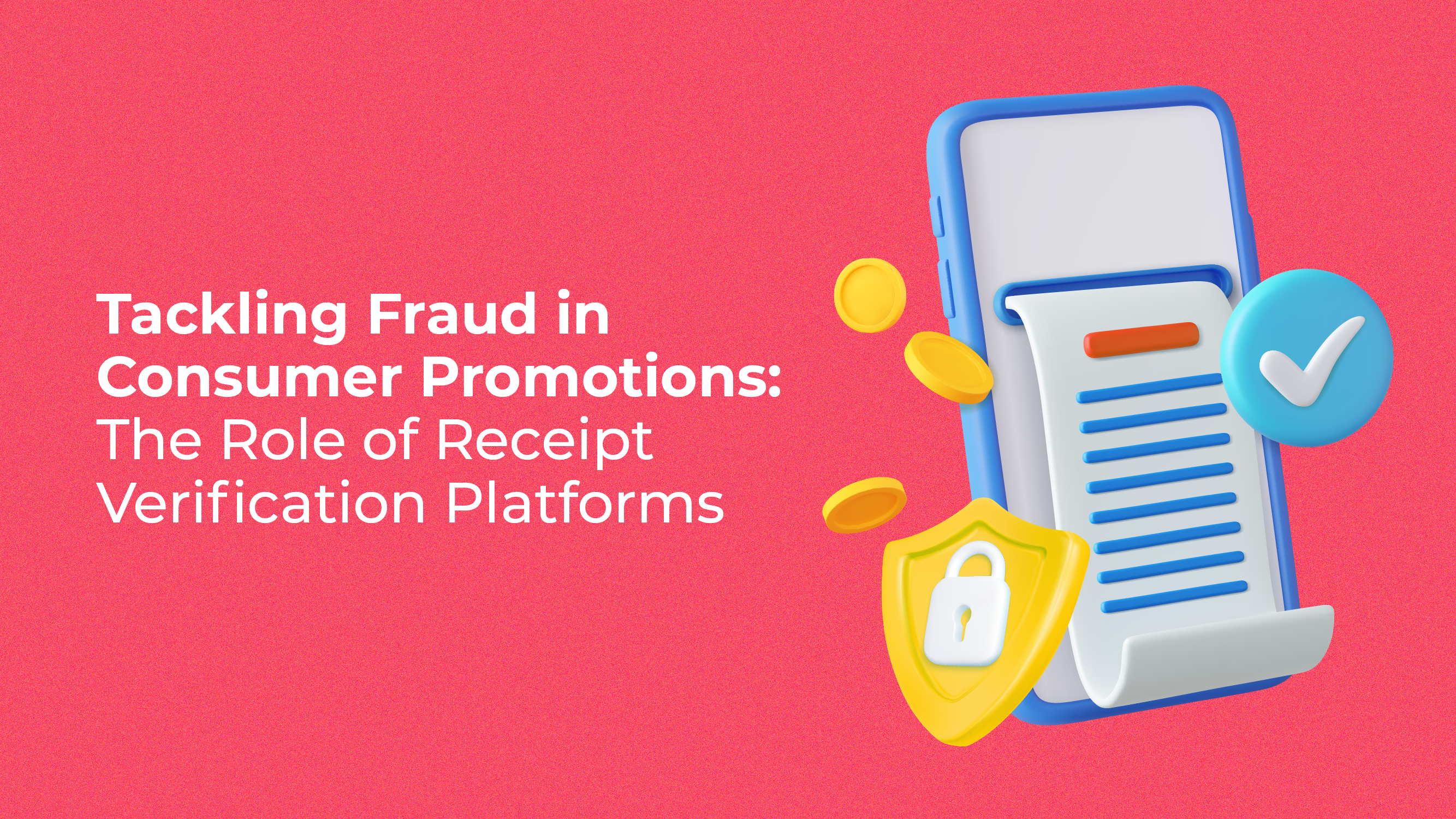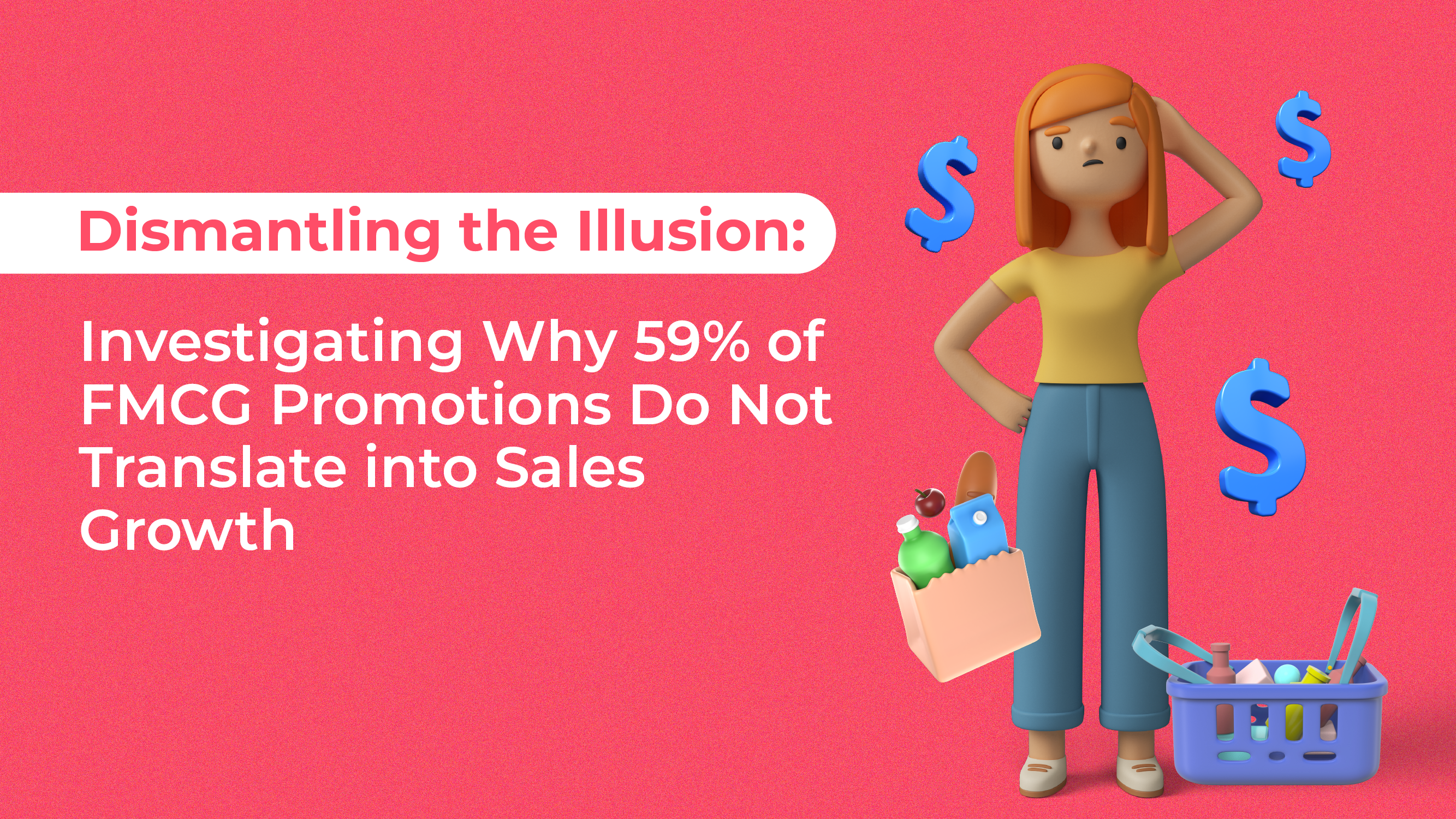More often than not, stores find themselves storing excess inventory. Excess inventory is when you have an overstock of merchandise or products in your store. There are many reasons why this can happen.
Common causes of this typically include:
- No buying plan for the arrival of fresh merchandise.
- Stocking large quantities of merchandise based on unrealistic sales plans.
- Buying merchandise on the basis of a good deal but are not actually needed.
However, if you are unaware, you should take note that you could be sitting on a pile of excess cash!
And why is that so?
Well, an excess in inventory or old stocks can still be liquidated. When these old and excess stocks are sold, they are naturally converted into excess cash for your business!
So, just how can you, as a business owner, unlock cash from being stuck in excess inventory?
Here is how stores in Malaysia can unlock cash in the inventory in 5 simple ways:
1. Have a Storewide or Warehouse Sale
One fast and good way to get rid of excess inventory is to hold a storewide and warehouse sale.
If you have excess inventory in all departments of your store, having a store-wide sale can definitely aide in freeing up storage space in your store and of course, generate excess cash for your business.
Warehouse sales are best held in the event of overstock or leftovers of previous seasons. During major sales, you could consider offering discounts between a range of 50% to 80% per product.These are forms of end of seasons markdowns.
Do take note that selling merchandise significantly below retail prices often, may cause your businesses profits to suffer and reduce margins.
In order to maximise return on sales, it is important to properly plan the degree of markdown and the timing of your store-wide and warehouse sale.
Brands such as MANGO, Superdry, ZARA, Adidas, Billabong, Puma, Timberland, Guess, Crocs, etc, can afford to have sales on a quarterly basis or more frequently than small businesses because they produce stocks and merchandise in bulk. Therefore, having a lower cost of production.
However, small business owners may not have this advantage, and cannot afford to frequently have sales, as it significantly affects profits.
If you only have a brick-and-mortar store, you can organise a sales event within your store, while those with online stores can sell online. Those with either or both can use marketplaces such as Lazada, Carousel, Facebook Marketplace, Shopee, Mudah.my and more to sell old inventory.
Utilising marketplaces to dispose off old inventory is a great idea, as it comes with advantages such as:
- Gaining a much wider reach of customers base
- Improves your marketing and SEO
- Access to international markets
2. Offer Bulk Discounts & Bundling [restrict]
Offering bulk discounts and bundle pricing are also effective ways for a speedy stock clearance.
AEON/Jusco gift vouchers are a good example of how a bulk discount can be offered. Bundle pricing is also a strategy commonly employed by local telcos such as Maxis, Digi, and Celcom.
Walk into Body Shop stores in Malaysia and you will see a set of beauty and body care products sold at bundle pricing.
Selling a combination of several products or services to offer an overall discount is definitely an effective strategy. This is because buyers often perceive bundling as offering more value for their money.
Local hypermarkets such as Tesco, Giant, Mydin, and more also employ bulk discount strategies. The “two for one,” or “buy one, get one free” discounts of bulk purchases have proven to be good methods in motivating customers to buy more than one product or service.
Another example is F.O.S Malaysia, which purchases clothing in bulk directly from the factories of various clothing brands, some of which are Ralph Lauren, Tommy Hilfiger, and Abercrombie.
Hence, this is why F.O.S. Malaysia has huge stocks of clothing in their stores and are able to sell their products at a lower final price.
3. Turn Excess Inventory into Referral Gifts
One other way to quickly liquidate your products or services is to provide an incentive to get customers to bring their friends to your store.
Turning excess inventory into referral gifts is a clever way to get rid of excess inventory while making a profit.
Consider making offers like, “Bring a friend and get one drink free!” or “For every client, you refer to us, you will receive a free branded merchandise”, and more.
Some local businesses such as Chatime, Tealive, LEGOLAND, Sunway Lagoon, Grab, UberEATS, Citibank, and many others all employ this privilege method every now and then to drive profits while clearing inventory.
Visit Malaysia Freebies, a site that features promotions, coupons, and promo codes of online and physical stores in the country.
It will give you more ideas on how to employ this promotional method for your business!
4. Donate Your Excess Inventory
Another interesting idea to consider is donating your inventory and using this as a marketing strategy for your business!
By donating excess inventory to organisations, local community events, schools, you can turn this into a public relations event to increase your brand’s visibility among consumers.
For example, if a particular community in the country is going through a crisis, and your excess inventory is able to fulfill a certain need, you may consider donating your product for the cause.
This is also an opportunity for small businesses to go beyond just generating profits, by further going on to fulfil their corporate social responsibility (CSR).
In 2014, UNIQLO donated their recycled and refurbished clothing to refugees in Malaysia.
Since, UNIQLO donated clothes that were still very wearable, they extended the value of donated clothes among those in need. This helped to not only increase their visibility, but also improve consumer’s trust in the brand as being socially responsible.
It is important for businesses to give back to the society as it helps your business to build a strong reputation in the community whilst boosting employee morale. Consumers also tend to have a preference for supporting brands that are socially responsible.
Now that you know how to unlock excess cash in your inventory, what do you, as a small business owner, then do with all your newly generated excess funds?
Reinvest Excess Funds to Propel Growth
Money sitting idle on your balance sheet should be avoided at any cost.
Thus, reinvesting excess your excess cash is necessary because it can help your business to grow, increase your sales and even improve your shareholders’ wealth.
Some local options to consider safeguarding and improving your excess cash include CIMB Bank Malaysia’s Deposits & Investments for Business and Liquidity Management and Fundsupermart’s Investment Planning.
Check out Investsmartsc for more information on the capital market and investment products in Malaysia.
Conduct an inventory analysis to unlock cash in the inventory.
Doing so can help you to cut down the number of reorders, re-set safety of your products’ stock levels, generate cash from a surplus in your products’ stock, raise service levels to boost your sales, and to capture trends.
Click here for some accounting tips for your retail business!
Actionable Takeaway:
Invest time and effort to understand the cause of excess inventory in your store.
Also make sure that you monitor economic indicators consistently, to look out for any changes that are likely to have an effect on customer demands. Knowing this allows you to be aware of the best times to execute a sales event for your stores and keep your inventory moving.
This will help you to effectively plan and manage your inventory, therefore avoiding over-purchasing of excess inventory.
[/restrict]












